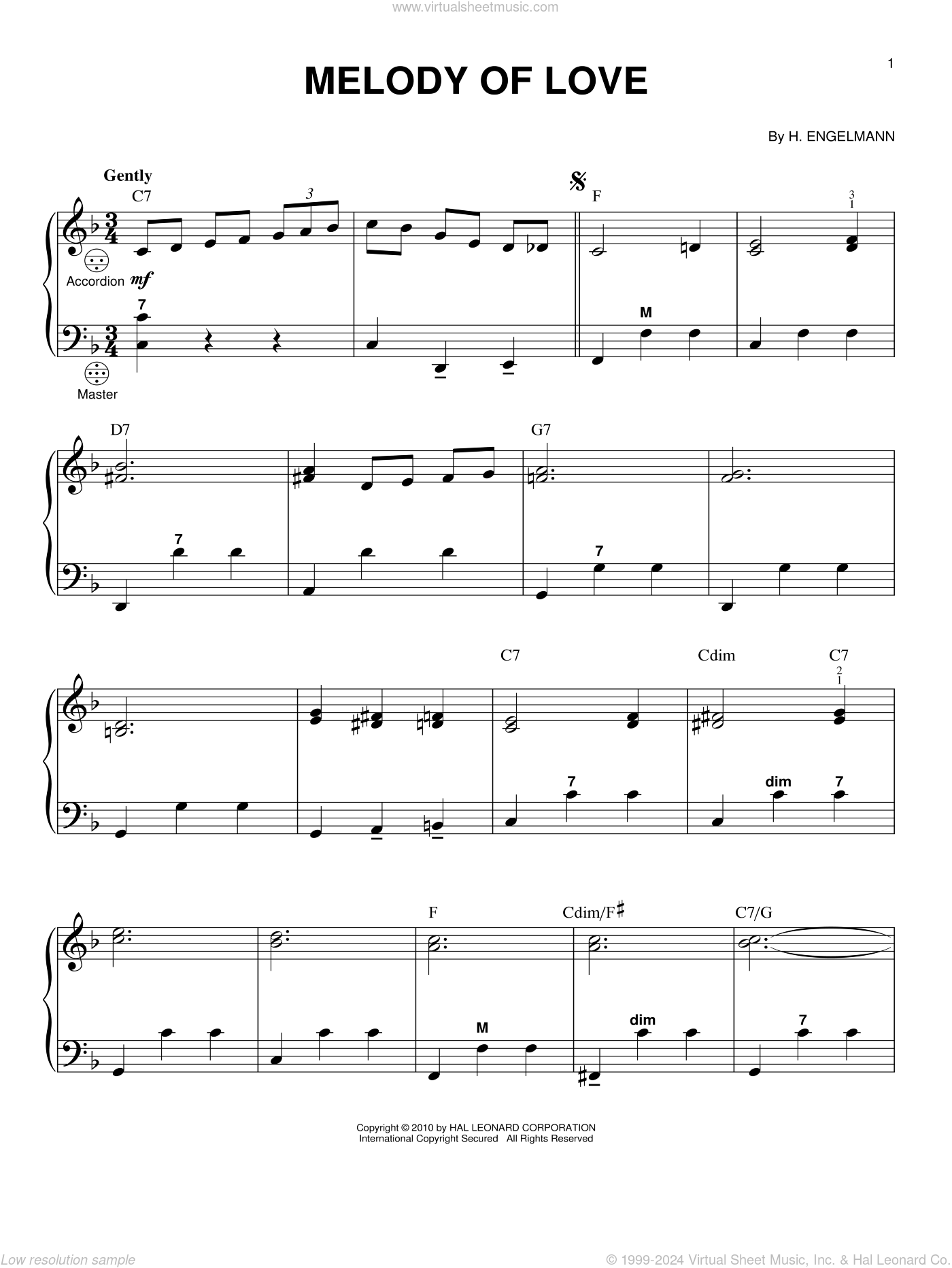

The true definition of rhythm is a bit more complicated to explain. In short, melodies are most often what you hum along to when you have a song stuck in your head. Melodies often have a solid foundation but introduce some variations to keep things interested in different bar sections or different parts of your track. If a sound has an audible pitch and tone, you can make a melody out of it. In electronic dance music, melodies are often called lead sounds and are created from synthesizers or sampled instruments. Perhaps the most popular form of melody is in the form of vocals, where the singer sings words in musical pitches that fit the chords and rhythm of the other instruments.īut you can also create melodies from virtually any instrument – even drums or percussion with tonal qualities. Melodies come in many shapes and forms, and there are many ways to make a melody. The pitch means the notes that play, and the rhythm means how these notes play in your chosen tempo and beat. Two components make up a melody, pitch and rhythm. In other words, a melody is when notes of a sound play after each and sound like the same thing. Melody is a linear succession of musical notes that you, the listener, perceive as a single entity. Let’s dive in with the first topic of the article, what a melody is.

This article will teach you what a melody is, what a rhythm is, how they overlap and how you can use new insights to create better music in your studio. > Click here to learn everything about music production. What's the difference, and how are they related? But at the same time, they can work wonders for your music production. While you might have ideas of what melodies and rhythm are, there are aspects of both that you might not have thought about.


 0 kommentar(er)
0 kommentar(er)
